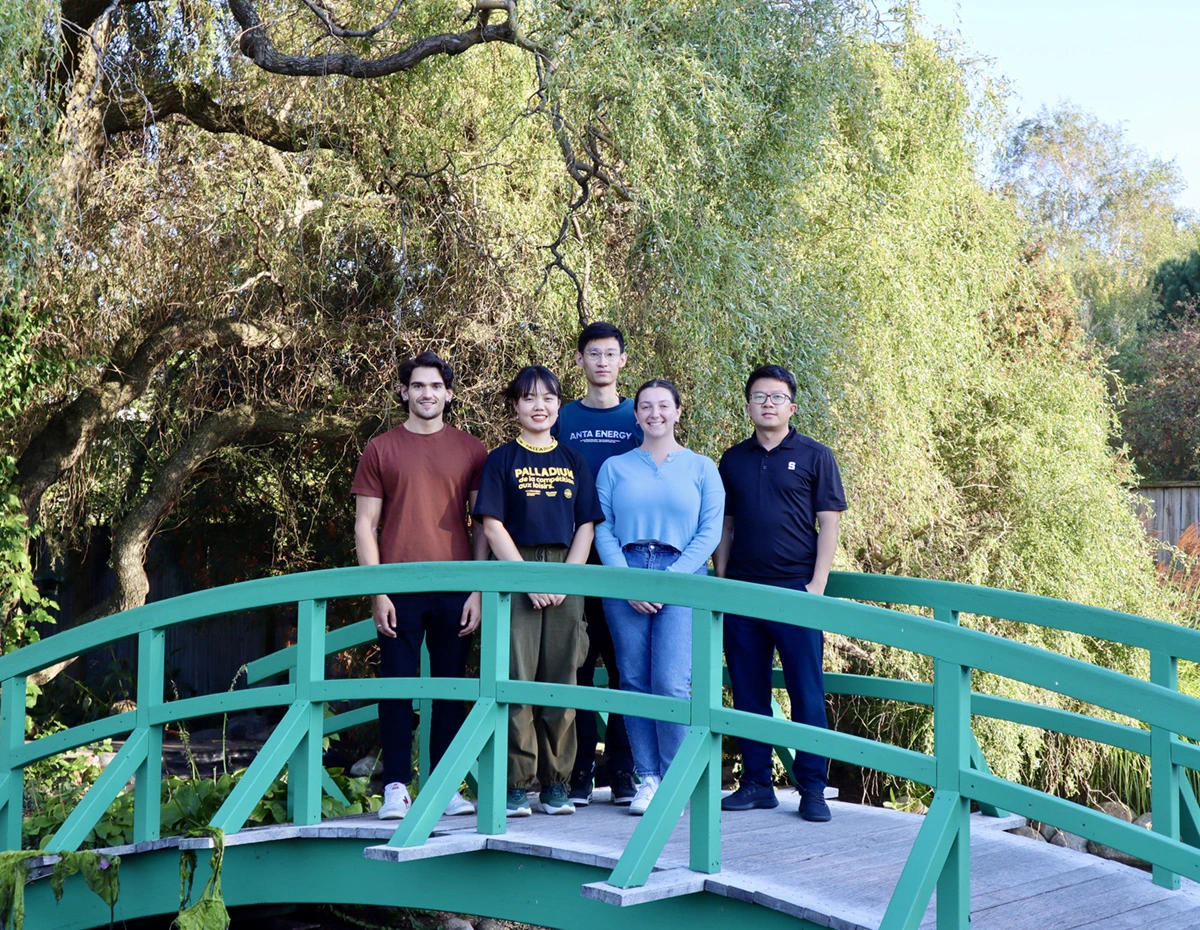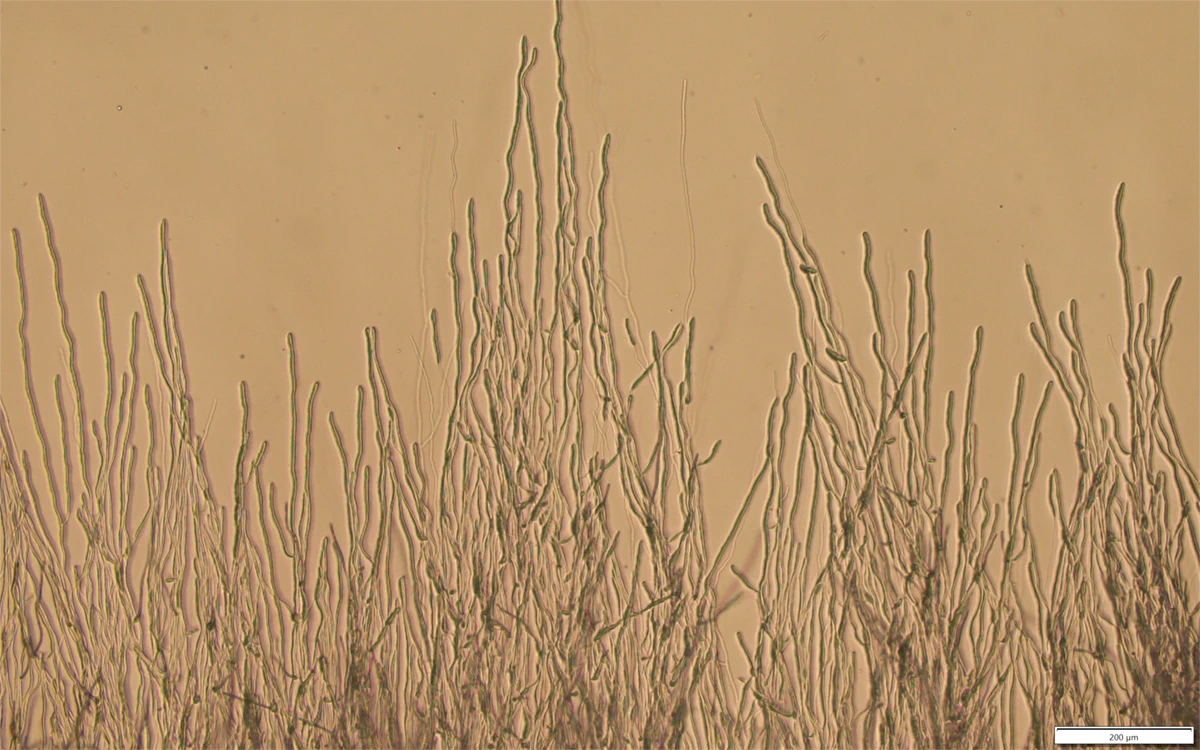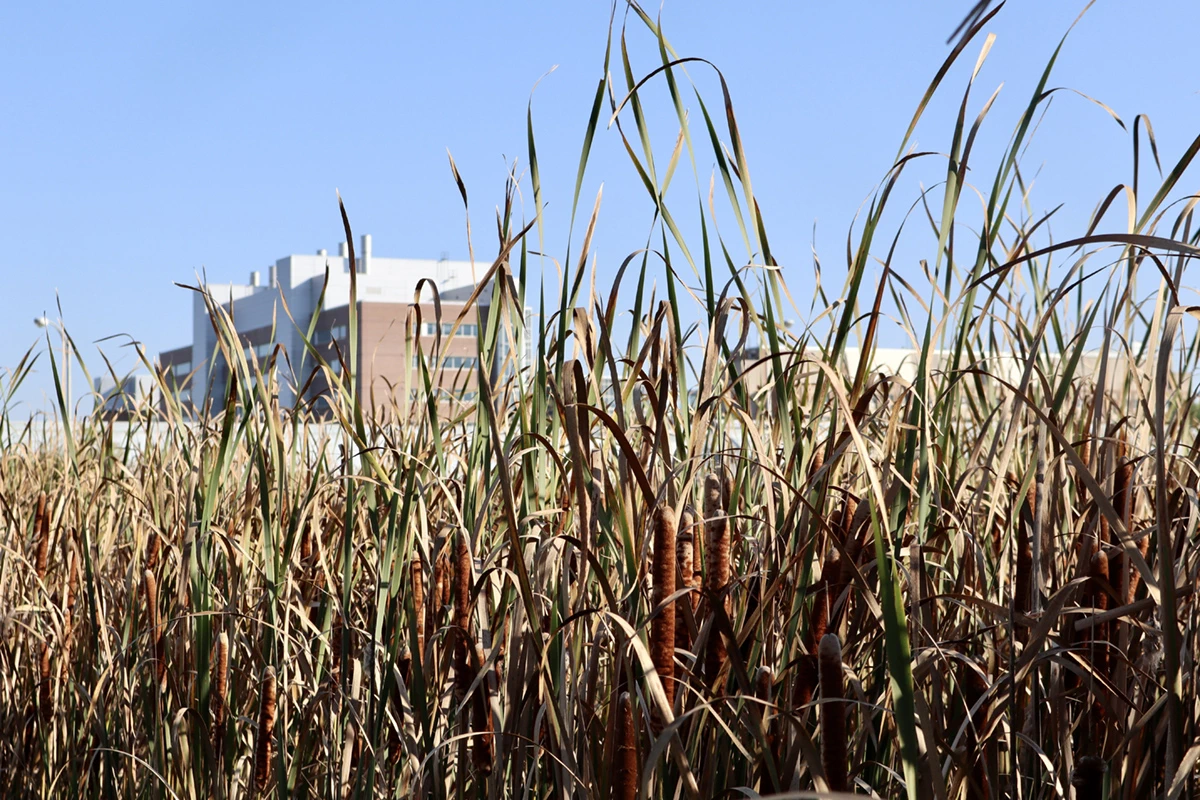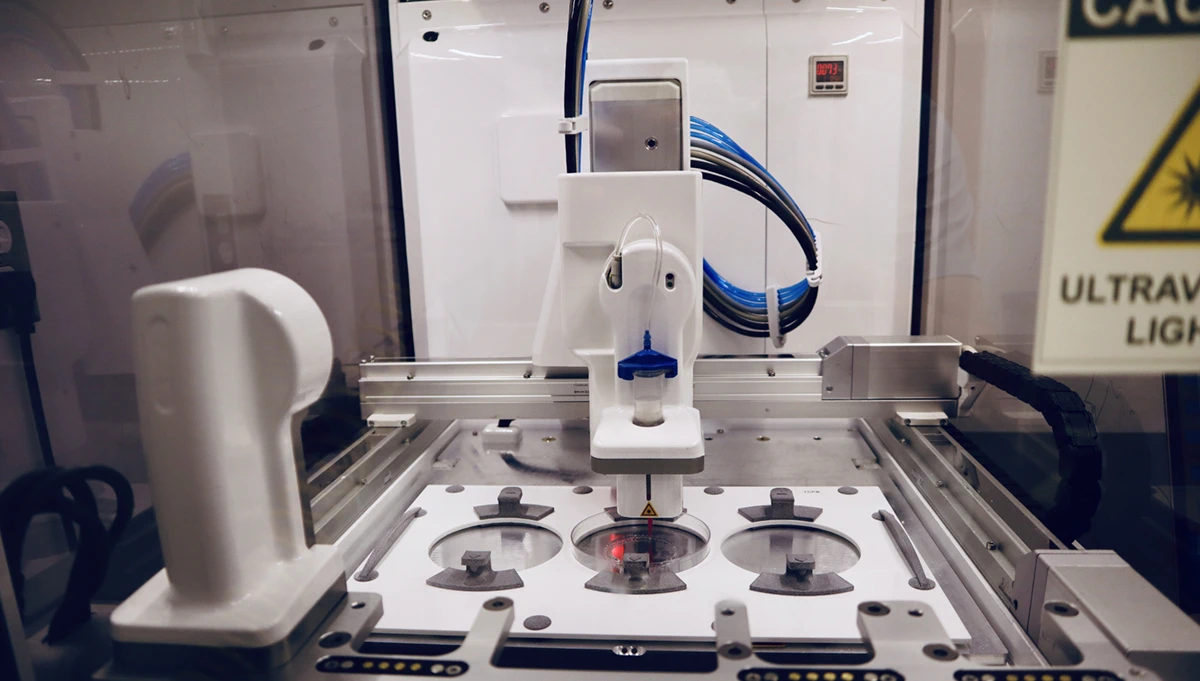A team of Michigan State University researchers believes in a future when homes and other buildings can be constructed using low-cost, sustainable materials that also can repair themselves and capture carbon dioxide from the atmosphere.

“To reduce greenhouse gas emissions and fight climate change, there is strong demand in sustainable materials,” said Jinxing Li, who leads the project.
Li is an assistant professor in the College of Engineering and the Institute for Quantitative Health Science and Engineering, or IQ, at MSU.
“That’s really forcing us to think about how we make everything,” Li said. “We need to find new ways to make our buildings, as both the current construction materials and the construction process are big contributors of our carbon footprint.”

The team’s idea is a blend of straightforward thinking with innovative materials science and emerging construction technologies. That idea is centered on creating 3D-printed construction materials in which microbes can thrive to naturally remove greenhouse gases and repair damage.
“It’s a simple idea: basically, ‘let’s engineer microbes to build better materials for us,’” Li said. “That’s like 10 words but, with all the science and reasoning that goes into it, our research plan was closer to 15 pages.”
To build with these microbe-infused materials, the team will be capitalizing on the potential of additive manufacturing or 3D printing. Li is also the faculty lead of IQ’s 3D printing core facility.
Currently, 3D printing is best known for the commercial benchtop machines that can create custom parts and prototypes by building them up one layer at a time using polymer resin or “ink.”
But 3D printing is also being put to work in construction, using industrial robots and brawnier inks, such as concrete.

The new MSU-led project focuses on creating new inks, derived from sustainable biomass sources, including agricultural waste — the parts of plants that farmers can’t sell.
“Around MSU and in the Great Lakes region, we have rich biomass resources,” Li said. “We believe this can be scalable locally and nationally.”
That biomass contains compounds called lignin and cellulose that can be incorporated into inks to provide structural fortitude. The next step is adding microscopic fungi and bacteria to the ink that can not only survive, but also thrive to provide additional benefits.
With the right blend of biology and chemistry, the microbes will make polymers and minerals that can fortify the cellulose and lignin matrix at a microscopic scale. As the materials start to show signs of aging and stress — such as microcracks — the microbes can also work to heal these damage sites. What’s more, the microbes collect carbon from the atmosphere to do this.
Building confidence and opportunities
Innovating carbon-negative materials that can compete with conventional building products is an enterprising project — and one that nearly didn’t materialize.
“This is definitely a high-risk, high-reward project. There was a lot of uncertainty initially due to the complexity of the project and its cross-disciplinary nature,” Li said. “But when you find the right team, there’s a resonance. You start building ambition and rationale together — and creating opportunities.”
That ambition and rationale was rewarded by the NSF’s Emerging Frontiers in Research and Innovation program that supports “discovery at the frontiers of engineering research and education.”

At Purdue, the collaborators are led by Tian Li, an assistant professor of mechanical engineering. At MSU, the team includes research groups led by Bige Unluturk, an assistant professor in the Department of Biomedical Engineering and the Department of Electrical and Computer Engineering; Gregory Bonito, an associate professor in the Department of Plant, Soil and Microbial Sciences; and Gemma Reguera, a professor in the Department of Microbiology and Molecular Geneticsand an associate dean in the College of Natural Science.

With the new NSF project, the team is working to add a more flexible and customizable option to its nascent but growing portfolio of living materials.
“The government is investing a lot of money — billions of dollars — in biomanufacturing and the bioeconomy,” Li said.
And by developing these materials at a place like MSU, Li and his colleagues are working to ensure those investments pay dividends for generations.
“There are a lot of opportunities, and we want to train Michigan State students to be leaders in these emerging areas,” Li said.
Li is also applying for supplemental funding associated with this award through the NSF Research Experience and Mentoring program. This would allow the team to engage even more members of the community — including veterans, high school students and teachers — as participants in the research.
About the MSU Innovation Center:
The MSU Innovation Center is dedicated to fostering innovation, research commercialization, and entrepreneurial activities from the research and discovery happening across our campus every day. We act as the primary interface for researchers aiming to see their research applied to solving real-world problems and making the world a better place to live. We aim to empower faculty, researchers, and students within our community of scholars by providing them with the knowledge, skills, and opportunities to bring their discoveries to the forefront. Through strategic collaborations with the private sector, we aim to amplify the impact of faculty research and drive economic growth while positively impacting society. We foster mutually beneficial, long-term relationships with the private sector through corporate-sponsored research collaborations, technology licensing discussions, and support for faculty entrepreneurs to support the establishment of startup companies.
Is your company interested in sponsoring further research on campus? Click Here.
